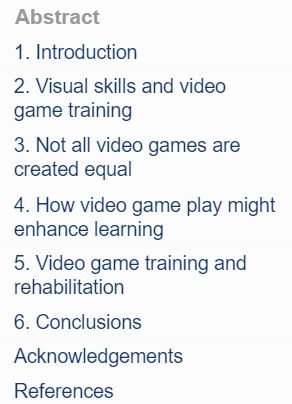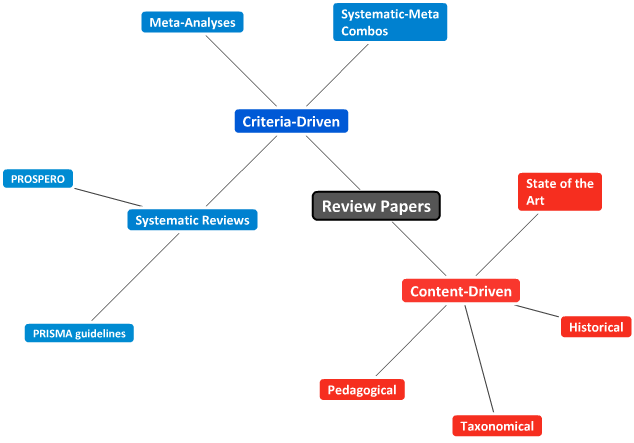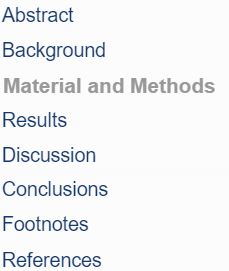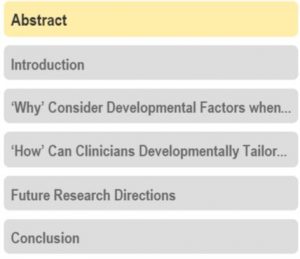Review articles, including meta-analyses, are critical evaluations of material that has already been published. By organizing, integrating, and evaluating previously published material, the author of a review article considers the progress of current research toward clarifying a problem. (APA Manual, 2001, 7)
To understand Reviews as a kind of scientific publication, it helps to compare them to Research Reports, the type of publication with which we are most familiar. A research report explains the investigation and results of a single research question (or small set of highly-related questions) as a logically ordered sequence of events (an idealized version of the scientific method). Research Reports are published in a format we are very familiar with, the IMRD: Introduction–Method–Results–Discussion.
A review paper is a different beast altogether. Where research reports do include the expert literature in the Introduction and Discussion sections, a Review paper examines only published reports to explain what is happening in an area of research as a whole — no experimentation is done. The organization is topical, not functional (though “Introduction” and “Conclusions” are still present).
Review Articles make a different sort of contribution to science (McMillan, 2001, 3, emphasis added):

In contrast to research papers, conference presentations, and proposals, a review paper is a journal article that synthesizes work by many independent researchers on a particular subject or scientific problem. By bringing together the most pertinent findings of a large number of studies, a review paper serves as a valuable summary of research. Although it does not present the writer’s new discoveries, it does reflect his or her painstaking review of the literature in a defined field. Moreover, a good review not only summarizes information but also provides interpretative analysis and sometimes a historical perspective. Reviews may vary in aims, scope, length, and format, but they all include a relatively lengthy reference section. Journal editors sometimes invite prominent experts to write reviews of their particular fields, since the ability to give an audience an authoritative overview of a subject usually develops with experience. Whether solicited or unsolicited, review papers still must conform to journal specifications, and their author receive feedback from editors and reviewers before final publication.
Thus, Review Papers have very different features from a research report. The task of the writer isn’t to answer a specific question using some kind of experimental method, but to take a step back and look at what is going on across many individual research projects. It’s one of those “forest and tree” situations: in a research report, the scientists are reporting on a tree; in a review paper, the scientist is looking at the forest. In science, the review writer tries to understand what is happening across an area research, to discover patterns among the individual pieces of research that experimental researchers may not be aware of. Reviewers provide two very important and practical contributions to science. First, they do the hard work of all the reading required so that research results are regularly gathered in one place. Second, reviewers evaluate current research trends and make recommendations for where research and/or applications of research should be focused.

Review papers are broadly categorized as “criteria-based” or “content-based”. In both cases, the modifiers “criteria” and “content” indicate how the writer selected the literature for review.

In criteria-driven reviews, writers filter not only by subject matter, but also by experimental design. That is, they are looking for studies to meet certain criteria, e.g. “randomized control trial”. Tightly controlling the study parameters allows researchers to perform statistical or other analytical tests across the outcomes of the published studies. This entails more detailed discussion of inclusion and exclusion criteria as stronger claims are being made. Criteria-driven reviews employ the IMRD functional headings, signaling their higher credibility. The figure to the left is the outline to Efficacy of Cognitive-Behavioral Therapy in Pediatric Obsessive-Compulsive Disorder: A Meta-Analysis.

In content-based based reviews, writers still search the literature for specific content, but are driven by ideas and topics. Content-based reviews can be organized according to endemic categories or according to categories uncovered by researchers during analysis. When we talk about “review” papers, this is the kind of paper we are talking about — a state-of-the-art analysis of the published literature in a highly focused area of psychology. The outline points to this article: Cognitive Behavior Therapy for Anxious Adolescents: Developmental Influences on Treatment Design and Delivery
Content in this Section